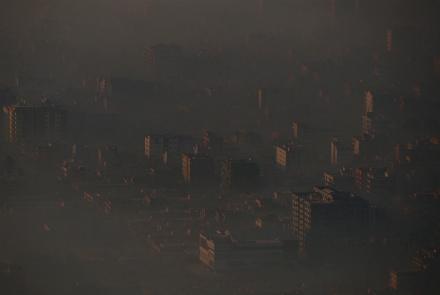The Afghan Ministry of Public Health on Tuesday said that air pollution-related diseases have increased by 5 percent this year, and it called on relevant organizations to take the necessary measures before pollution impacts more lives.
“The statistics which we have from the hospitals indicate that it has increased by 5 percent compared to the past year,” said Nizamuddin Jalil, a spokesman for the Ministry of Public Health.
Meanwhile, a number of residents in Kabul have said that the National Environment Protection Agency (NEPA) has failed to take solid steps towards reducing air pollution in the country.
“They are burning rubber, it creates smoke and this also impacts the agriculture in our area,” said Abdul Mateen, a resident of Deh Sabz district of Kabul, referring to the kilns operating in the districts.
With the onset of winter, the vast majority of people in Afghanistan have turned to burning coal and wood to heat their homes – a move that seriously impacts the quality of air.
Assessment by Air Visual, a US and Swiss-based software company measuring air pollution, indicates that the air quality in Kabul has reached a “hazardous” level, and this has put the city at the top of the world’s “most polluted cities” list.
Based on NEPA standards, air pollution shouldn’t exceed 75 micrograms in one cubic meter, but in the past few days the level of air pollution has been at least three times as much as this.
According to Air Visual, air pollution levels in some parts of the city have risen to a standard of 247 micrograms per cubic meter.



Comment this post